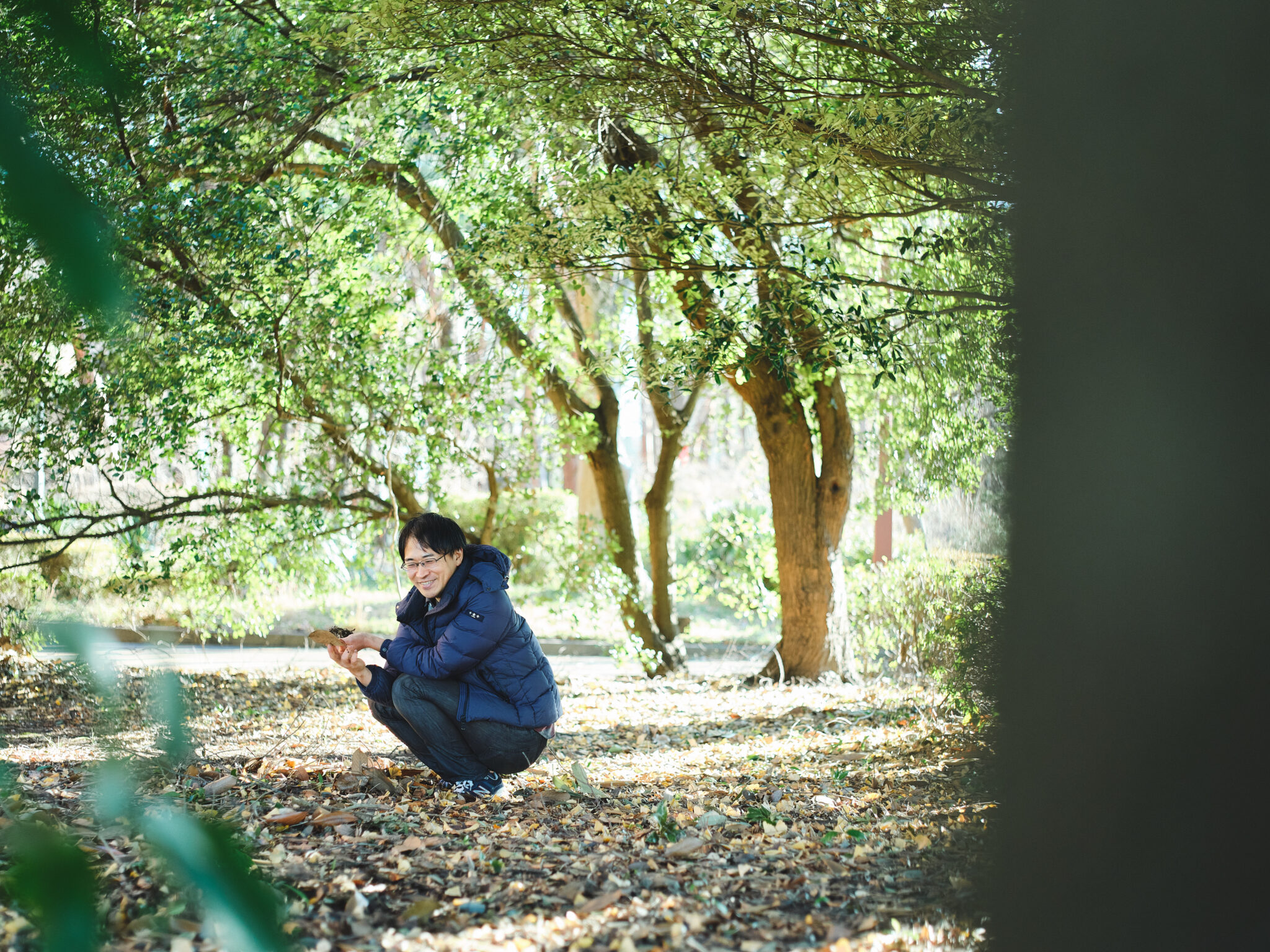Learning about soil can help us look into the future of shikohin and shikohin experiences.
Mainstream shikohin products from coffee, tea, tobacco, wine and beer all have one thing in common. They are all plant-based products.
If we were to dig deep to its source, it would lead us to soil. From soil, shikohin undergoes various growth and processes to become the products that enrich our lives.
When talking about shikohin, soil is a vital part of its creation.
Nonetheless, even though soil is something that is all around us, most of us know very little about it.
For example, few people can answer the very simple question of “what is soil?” Even fewer people can give an accurate answer to the question, “what kind of soil allows for good plant growth?”
We interviewed soil scientist Kazumichi Fujii, a senior researcher at the Forestry and Forest Products Research Institute of the Forest Research and Management Organization, to get answers to such questions on soil.
Let’s dig in to learn what kind of soil cultivates the plants that make our tea, sake, and fruit and the processes they undergo to reach our tables.
(text: Ryotaro Washio photo: Eichi Tano edit: Masaki Koike)
Tea with umami is cultivated in acidic soil
—— For this DIG THE TEA interview, I would like to discuss the relationship between shikohin and soil. To start off, what is soil in the first place?
It is very difficult to define what soil is.
What separates soil from other dirt is the presence or absence of biological activity.
For example, humus is soil, but while the leaf is attached to a tree it is not soil. The same is true for when the leaf first falls off the tree to the ground, as at that moment it is not soil.
It becomes soil when microorganisms begin to decompose it. This is true not only for plants, but for animal remains as well.

—— So is soil the remains of plants and animals that have been decomposed by microorganisms?
No, if that were the case, natto (fermented soy beans) would be soil by definition.
Soil is created in environments where organisms and rock overlap. Soil cannot be made with only organisms or only rock. When distinguishing between rock and soil, we also look at the presence or absence of biological activity.
In other words, layers of earth with no biological activity would be a “rock zone” and overlap of rock zone and biological zone would be a “soil zone”.
However, there are areas in the deep underground layers where biological activity is observed. So in order to simplify things, we define soil as the layer in which rocks have been altered by plant roots and microbial activity.
It is not an easy task to clearly define what soil is and is not.
—— Although it may be difficult to define, I think we can say that various plants that become shikohin, such as tea and coffee, are cultivated by absorbing nutrients in soil. How would you describe the importance of soil in terms of shikohin?
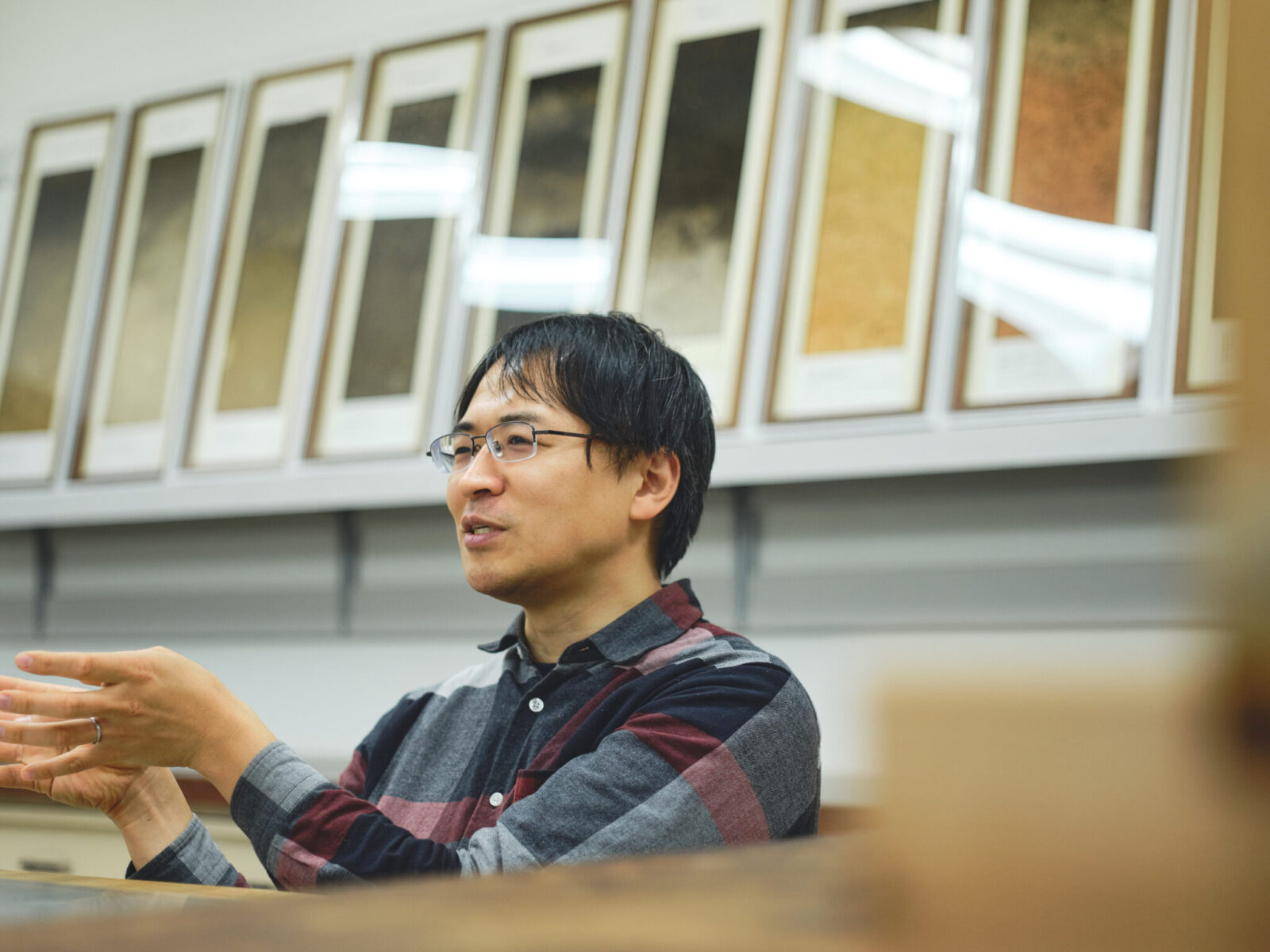
Let’s look at individual shikohin to answer this question. Since your media is titled DIG THE TEA, let’s start with tea.
One of the umami components of tea comes from theanine, a type of amino acid. We know that high quality tea with a lot of umami has a lot of theanine, and in order for tea trees to absorb a lot of theanine it needs to be grown on nitrogen rich soil.
Generally, about 60 to 100 kg of nitrogen-based fertilizer is added per hectare in fields for rice and vegetables. For fields that cultivate top quality tea, as much as 600 to 1000 kg of nitrogen fertilizer is applied to a field.
—— So a lot of nitrogen fertilizer is needed to harvest tea leaves that are rich in theanine and therefore umami?
Yes, but tea trees do not absorb all the nitrogen in the soil to produce theanine.
Even if you add a lot of nitrogen fertilizer, the tea tree can only absorb about 15% of it.
This creates a surplus of nitrogen in the soil and some of the excess nitrogen turns into nitric acid. As a result the soil becomes very acidic.
For example, in Shizuoka Prefecture which is well known for tea production, the native soil has a natural pH of about 4.5 to 5.5, but after large amounts of nitrogen fertilizer was added the pH dropped to about 3.5.
Although it may not sound like much, a drop of 1 in pH levels means that there is a 10-fold increase in hydrogen ion concentration. This causes aluminum to leach out of the soil and kill most crops.
However, because tea trees love acidic soils, they will thrive in such environments.

The difficult challenge of balancing environmental preservation and farming
—— Do you mean that in order to produce high quality tea, it is better to keep the soil acidic?
Yes, but it depends on balance. If the soil becomes too acidic and the acidic waters enter nearby rivers, it will kill the fish. This was once a problem that occurred in Shizuoka.
Furthermore, nitrogen emits nitrous oxide, which is said to have a greenhouse effect that is 300 times greater than carbon dioxide. In other words, overuse of nitrogen fertilizer comes with the risk of accelerating global warming.
Because of this, many tea farmers now are trying to reduce the amount of nitrogen fertilizer they use in their fields.
—— What actions are they implementing to realize this?
One method is switching to organic fertilizers. An advantage of organic fertilizer is that it is less likely to get washed away by rain compared to chemical fertilizers. However, when Sri Lanka’s government implemented a policy to switch to all organic fertilizers in 2021, it created havoc in the country and the initiative ended in failure.
With organic fertilizers, soluble nitrogen is produced when microorganisms living in the soil break down the organic matters so humans have no way of controlling the rate of the microbial breakdown. Because of this, if farmers were to rely solely on organic fertilizers, they risk the ability to produce high quality tea at the right time. Another problem with organic fertilizers is that they are very heavy. Japan has a serious labor shortage, making organic fertilizer difficult to implement here.
To some extent we need to rely on chemical fertilizers in order to control the quality of tea. That is why certain technologies, such as drip irrigation to effectively supply fertilizers to the tea tree when it needs it, is growing in popularity.
The question is how we maintain a balance between environmental conservation and creating high quality shikohin products. Behind the delicious tea that we enjoy drinking, there is the hard work and effort of researchers and tea farmers who are working to resolve this issue everyday.
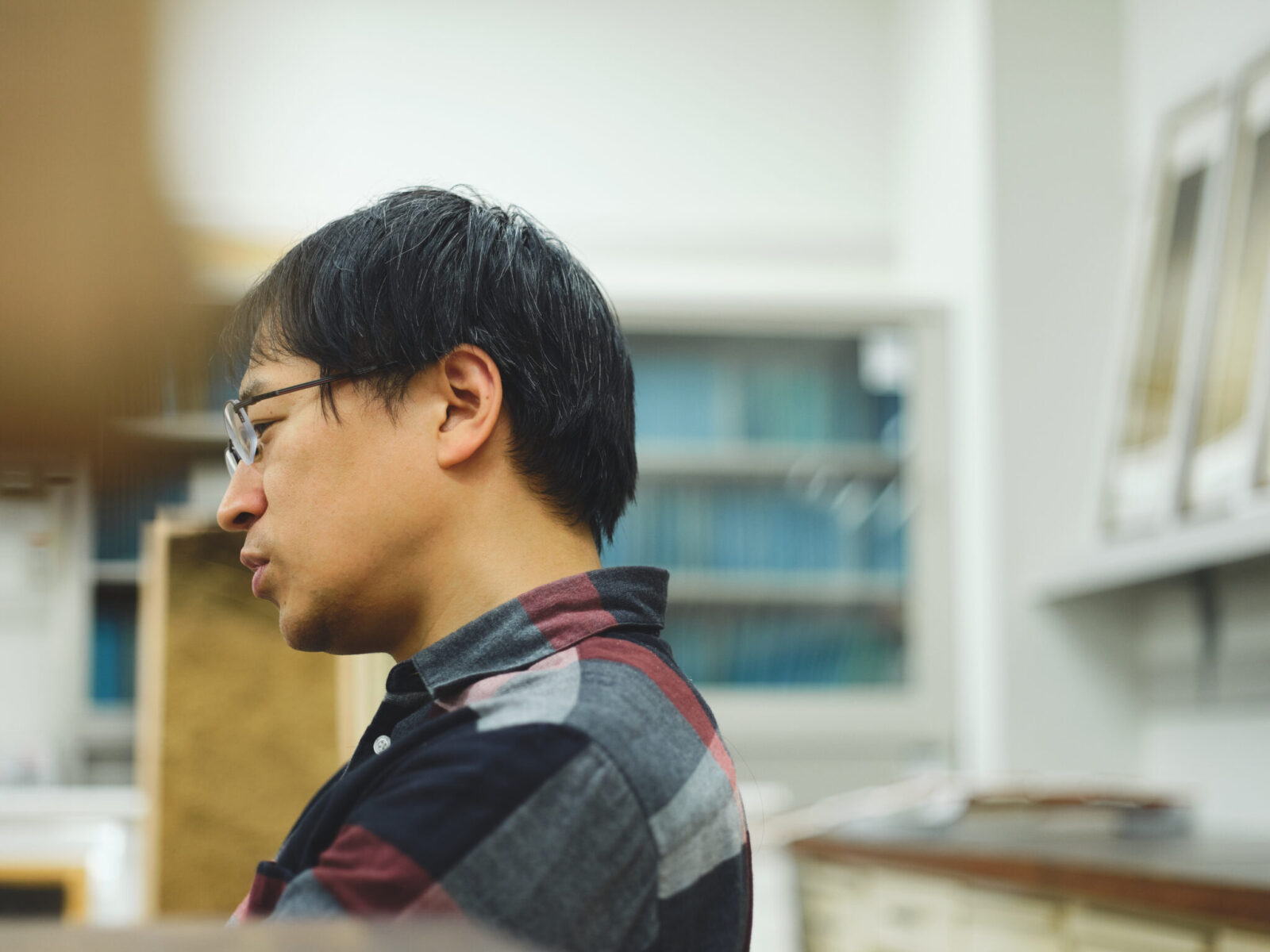
The relationship between wine and soil ~ Why fertile soil is not enough
—— You also research wine terroir (natural environmental factors such as soil, location, and climate of the vineyard that affects the flavor of the wine). Grapes become wine, but is grape production also largely influenced by soil?
I studied the relationship between wine and soil in the region of Bordeaux, France where they grow grape varieties for Merlot and Cabernet Sauvignon wine.
Merlot is made from a grape that ripens very quickly, so it becomes too sweet unless it is grown slowly. Too sweet grapes create wine that has no depth in its flavor. This is why they grow the grapes slowly in clay soil with high water retention which limits sharp rise in soil temperature.
Contrarily, Cabernet Sauvignon is made with grapes that ripen slowly so they are grown in sandy soil where soil temperatures tend to rise more easily.
—— Even though they are both varieties of grapes for wine making, the soil types that suit their growth differ?
Yes. An area I was particularly impressed by was the vineyard in the Margaux region.
Margaux is famous for producing some of the best wine in Bordeaux, but the soil in this region was not fertile. It has very sandy soil with lots of stones.
In order to make the kind of well structured, fine wines that are made in Margaux, it is necessary to stress the grape plants as they grow. This is why soil preparation for making grapes for wine is different from making other produce.
Polyphenols are what creates the structure of fine wines. Fertile soil helps grapes grow more quickly, but grape vines that grow in infertile soil will absorb more tannin, a type of polyphenol, to protect themselves from insects, drought and other stresses. Tannin is believed to add depth to the flavor of wine.
In order to produce red wine with a robust and rich flavor, it is better that the nutrients in the soil are not easily accessible .
—— So fine wine is not necessarily cultivated in fertile soil?
Yes. Chilean wine is another interesting example of a wine’s relationship to soil.
Although it depends on the brand, many Chilean wines are said to have the characteristic of having an earthy aroma. The root of that smell is a substance called geosmin.
Geosmin is what creates the earthy smell after rainfall, the smell that is often reported before a landslide and the muddy smell in fish and water.
Geosmin is produced by specific bacteria called actinomycetes which is found in soil. Actinomycetes attach themselves to the roots, leaves and fruit of grapes. It is said that when the fruit is fermented, the geosmin gives the wine its distinct earthy smell.
Although this is just one example, it shows how the soil in the land and the microorganisms within it are what create the unique flavor and scent of every wine.

Does soil affect the flavor of Japanese sake?
—— Can the same be said for other alcohol? For example, Japanese sake is made from rice, but I don’t think people talk about the soil it was grown in like they do with wine.
There are sake brewers that pay special attention to the soil the rice is cultivated in. In fact, one time the president of a sake brewery visited me to ask me about the relationship between rice and soil. However, the relationship between soil and rice, and therefore between soil and Japanese sake, is very difficult to grasp.
—— It is not the same as wine?
Of course, the flavor of the rice influences the flavor of the sake. There is no question about that. The relationship between the weather conditions and rice quality is also well known. When rice is cultivated in mountainous regions with large temperature differences between night and day, it makes the rice to hoard starch and creates a sweeter rice.
However, our understanding on the relationship between soil and rice is still limited.
The president of the sake brewery who visited me said, “Even though we made the sake with rice grown in the same climate and used the same water and brewing method, the resulting taste was not the same. I think the difference must be in the soil.”
We analyzed the clay minerals, nutrients, and other trace elements and found out that indeed there was a big difference in the soil. However, we have not yet been able to fully explain how this leads to a change in flavor in the rice and sake on a scientific level.
One of the attractions of studying soil is that it is shrouded in so much mystery.

The reason why strawberries smell sweet
—— So there are still a lot of mysteries around the relationship between shikohin and soil.
Yes. However, outside of tea and alcohol, we do know a lot about how soil influences fruit production, especially strawberries, which are significantly influenced by soil.
—— Considering that we do not necessarily consume fruit solely for nutrition, I think we can consider fruits to be a kind of shikohin.
There is a compound called furaneol which is said to be the source of the sweet aroma of strawberries.
This furaneol is not produced by the strawberries themselves.
A bacteria called Methylobacterium is found in soil and it travels through the roots and stems of the strawberry plant to the leaves where it converts compounds into furaneol. From there, furaneol is transferred to the strawberry fruit.
This is why freshly picked ripe strawberries have the best flavor and aroma. I have a vegetable garden at home and I think that freshly picked strawberries are the only produce that tastes significantly better when picked at home rather than being bought at the supermarket.

—— Only strawberries?
After having my own vegetable garden I have come to the conclusion that generally, vegetables taste better and are more cost efficient when bought at the supermarket. (laughs)
For example, you have to water tomatoes every day and the two tomatoes that you may manage to harvest may not taste very good. On the other hand, if you go to the supermarket, you can buy five delicious tomatoes for about 100 yen. I always wonder how it is possible to sell such tomatoes for just 100 yen when I buy them.
However, I have found that growing my own strawberries is well worth the effort.
—— Do you think eating strawberries picked fresh off the soil is the best?
I think it’s true in terms of the quality of aroma and flavor, but soil can be a very complicated thing.
There are many plants, including strawberries, that require farmers to disinfect their soil once a year to produce good plants. Strawberries are a particularly delicate plant so humans must manage the soil well.
There are farms with soil that grow strawberries without disinfecting for many years. Such soil is called disease deterrent soil and although there may be many things to learn from this soil, we have yet to find any universal treatment for all situations.
All plants grow from the activity that exists between plants and microorganisms
—— Is it difficult to control soil because soil is made from various microorganisms with different functions?
It is said that there are over 10 billion bacteria in one coffee spoon of soil and mycelium with diameter of 1 micrometer is spread out over several hundred meters of soil. Additionally, microorganisms are not only bacteria, but varieties of fungi (mushrooms, mold, etc) and viruses that are all wriggling around the soil and circulating nutrients.
These microorganisms are not working for the sake of human beings.
They coexist with each other, sometimes helping each other out and sometimes fighting each other, but they are all working for their own survival. Decomposing plants and animals and delivering nutrients to plants just happens to be the result and the function that they fulfill.
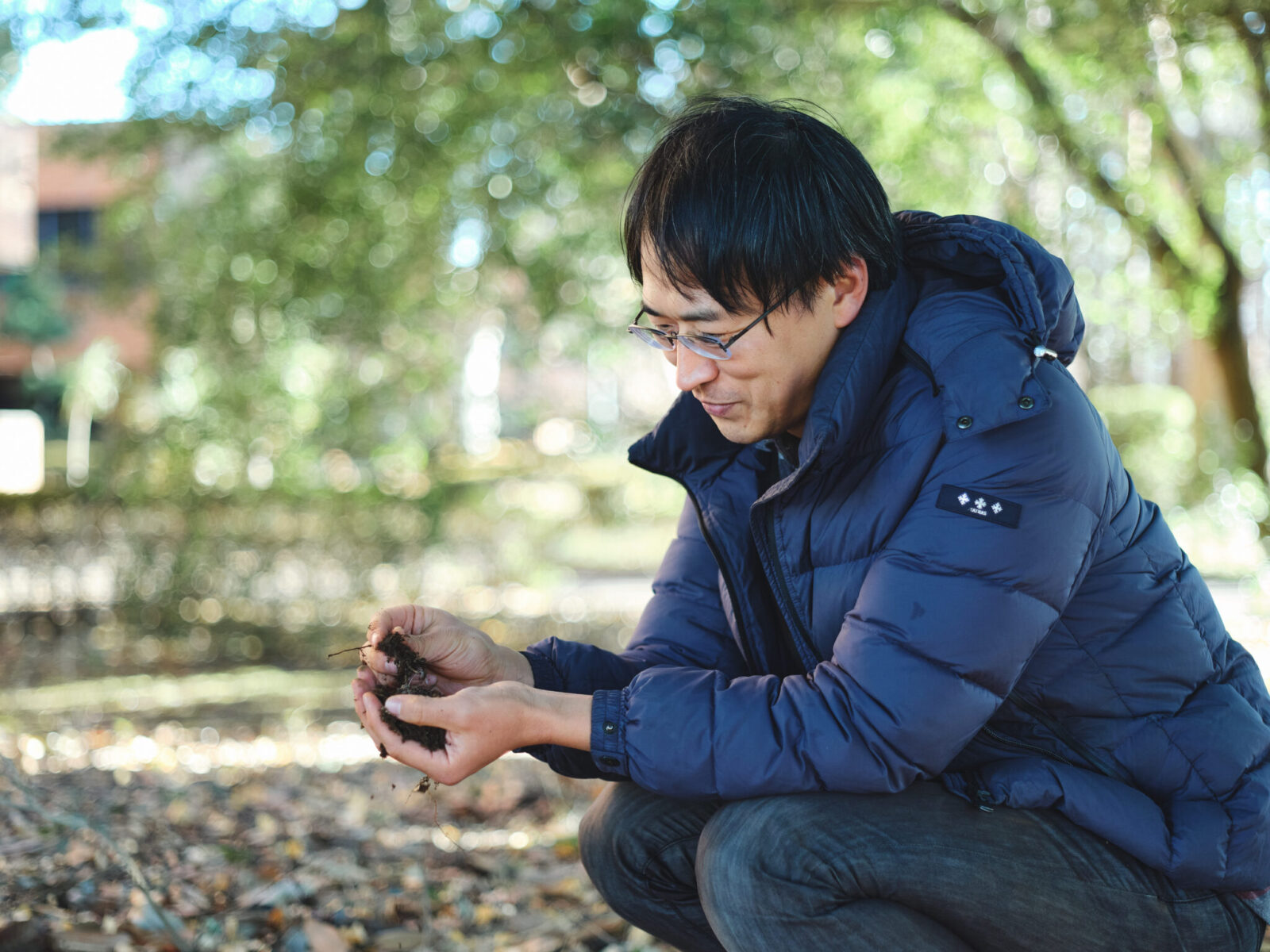
—— You mean that the microorganisms in soil are not alive for the sake of growing shikohin, vegetables and plants.
Individual microorganisms do not share the recipe to create tomato. The tomato exists because various microorganisms coexist and compete to create the environment we have today. Different microorganisms may exist in different fields year by year, but it still results in the growth of tomatoes.
The same is true of strawberries. I mentioned that the source of the strawberry’s sweet smell is furaneol which comes from interaction between the bacteria methylobacterium and the strawberry plant, but that is only a “part” of what makes up the aroma of the strawberry. The whole is actually composed of various components and microorganisms that we do not yet have a complete understanding of.
Every tomato and strawberry is the gift we receive from a phenomenon of creation woven together by the various works of microorganisms and plants.
—— In a way, the many vegetables and plants we consume today is a product of chance isn’t it?
The same is true for us humans. For example, nobody knows what effect this interview we are having today may have on society as a whole.
This is true for all human action. However, if we stop all human activity because we are “not certain what impact it may have”, society itself will cease to function.
Nobody has a blueprint on how all of society works.
However, society is made up of various people fulfilling their individual roles.
In that sense, perhaps we are the same as the microorganisms that deliver nutrients to tomatoes and strawberries.

The shikohin cultivated with the terroir of Japan
—— I understand now that there is a very complex and profound world in the soil. What advice would you have for people who are growing shikohin products in Japan on how to work with soil?
Although this is not limited to the production of shikohin, it is clear that Japan’s market is facing shrinkage as the population continues to decrease. I believe it will become necessary to expand to overseas markets and undergo branding accordingly.
For this marketing, a key aspect will be the aforementioned terroir.
I have personally experienced eating something delicious overseas, only to find that it did not taste as good when I brought it home to Japan. Where and how we eat something can drastically affect the experience of eating it.
Perhaps the popular shikohin in Japan is delicious because it is cultivated and consumed on Japanese soil.
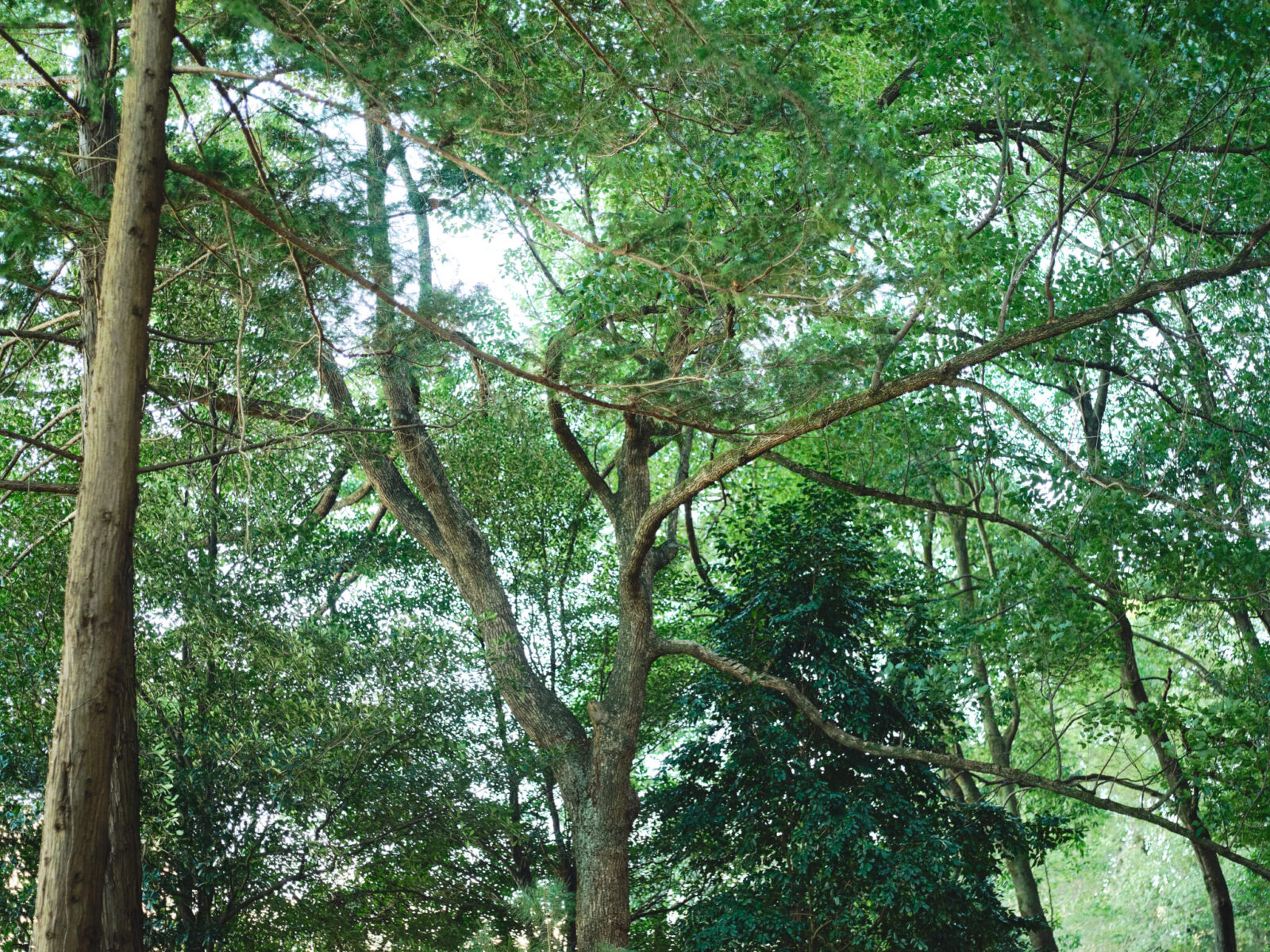
—— I agree that various local specialties taste better when eaten in their local region.
Of course, this does not mean that such products cannot be enjoyed when traded overseas. Contrarily, French wines are an example of how the terroir of the wine becomes part of the product’s story and one of the reasons behind its popularity around the world.
I am interested in how tea, sake and other shikohin products produced in Japan will compete in the global market and I believe that there is a lot of potential in the terroir of Japan.
—— Do you think that there is a need to create shikohin products that make the most of the terroir of Japan?
Terroir is not only about soil. It is about how to incorporate the story and characteristics of the region of production. Historically, shikohin production has not always been environmentally friendly, but this will also be a key component in successful production for the future.
For example, there is an aromatic wood called aquilaria (the agarwood of Todaiji Temple is a famous example) which is produced in Indonesia and it is a popular shikohin in Arab countries.
In Arab countries where alcohol is prohibited, people enjoy fragrances as a shikohin experience. High end incense can be worth several million yen per kilogram.
Aromatic wood comes from trees, so in order to continue production, trees must be planted. This nurtures rich forests and soil underneath. In this way, the production of shikohin can lead to environmental protection as well.
Of course, that is just one example and like the terroir of Japanese sake, there are many seeds of possibility all around Japan. I hope that shikohin production will utilize Japanese soil to the fullest to create shikohin products that are truly unique to Japan.

Translation: Sophia Swanson
All articles on our feature Indulgence and Explore
Born in Toyama, Japan in 1990. Writer/Editor ←LocoPartners ←Recruit. Graduated from Waseda University, School of Cultural Planning. Writes for “designing,” “Slow Internet,” and other magazines. Editorial partner of “q&d. Likes basketball and coffee, and is a sucker for standing bars, snack bars, idle talk, and people who roll their own cudgels.
Editor, Writer, etc., for PLANETS, designing, De-Silo, MIMIGURI, and various other media.
